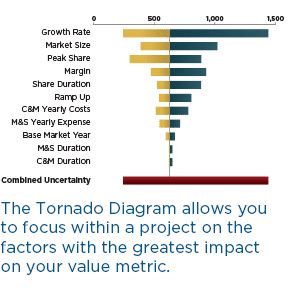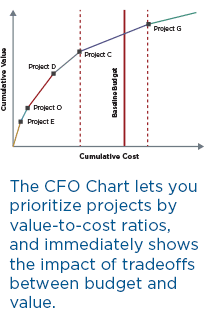Three Pivots and What I Learned from Them
By Somik Raha  4 min read
4 min read
When the course of action you are on is no longer taking you where you want to go, it’s time to pivot to a new course. In a presentation to the Back End of Innovation conference last November, I shared how I pivoted at three key points in my career, and the lessons you can learn from my experience to help you pivot toward successful innovation.
Early in my career, as a software development coach, the head of development at a client company asked me an interesting question: “Somik, your Agile methodology has been very successful in bringing projects to completion on time, on budget, with zero defects. But we have far more projects than we can afford to do. Can Agile help us pick the right ones to fund?” I had to say “no”–but that got me thinking, and eventually prompted me to return to school and earn a doctorate in Decision Analysis, the only field of study that concretely answers this question. Along the way, I realized you can’t measure the value of innovation, but you can use metrics to pivot productively. For example, counting how many times a day you brush your teeth doesn’t measure dental health, but it does ensure that you do things to promote dental health.


Generally, the Innovation Screen is a great tool that helps organizations map their projects/products based on maturity so they can be appropriately aligned with finance.